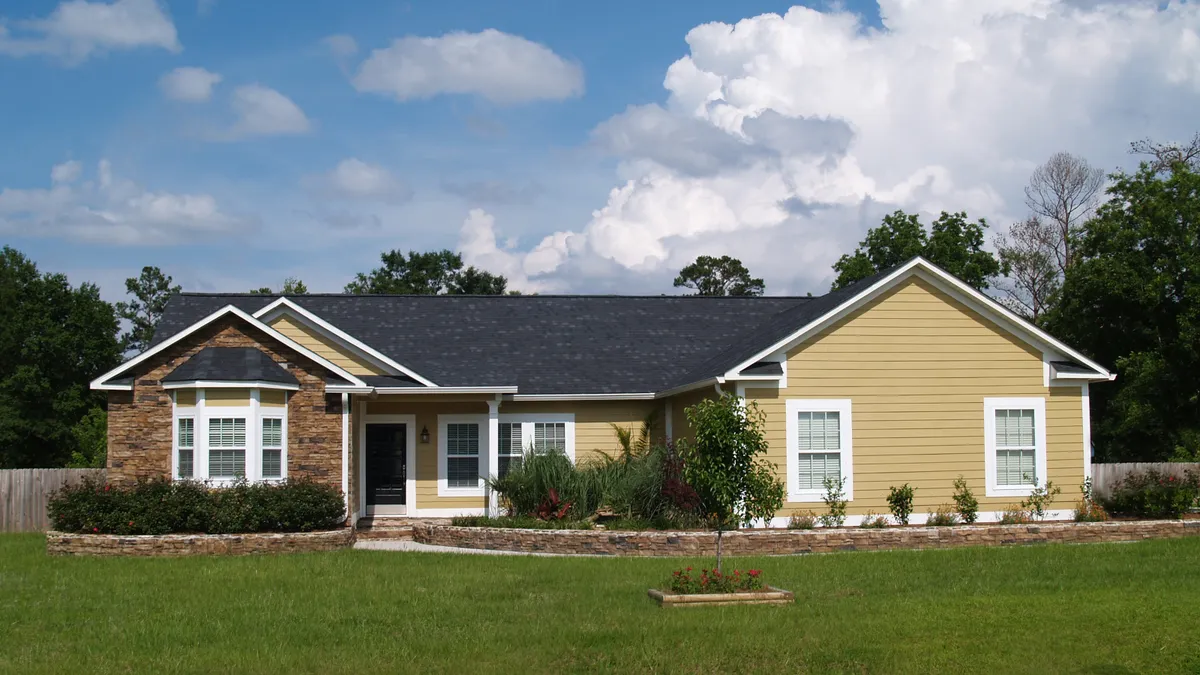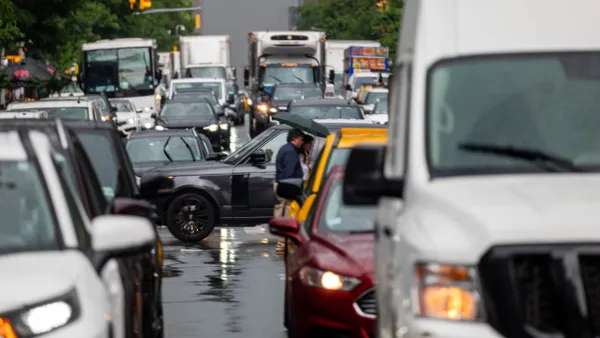Dive Brief:
-
When U.S. residents move, a majority of them head to cities in highly suburban metro areas, according to New Geography’s review of U.S. Census Bureau population estimates.
-
Thirty of the 53 most suburbanized cities (having a population of 1,000,000 or more) saw a net gain of 2.3 million domestic migrants during the last decade. The remaining 23 cities had a net loss of 2.1 such newcomers.
- The most suburbanized cities in the country are Charlotte, NC; Riverside-San Bernardino, CA; Raleigh, NC; Orlando, FL; and Birmingham, AL. Of the cities studied, New York, Boston, Buffalo, NY, San Francisco-Oakland, CA, and Providence, RI, were the least suburbanized.
Dive Insight
If home prices continue to rise, so might the number of people who opt to live in the suburbs. More affordable housing and proximity to employment are two reasons why the number of millennial homebuyers in urban areas decreased to 17% from 21% between 2015 and 2016, according to the National Association of Realtors. Approximately 50% of millennials reside in the suburbs and another 20% live in rural areas, Zillow found.
Millennials are not the only demographic looking to the suburbs. Families with young children and lower-earning households are heading there, too, either because homes are more affordable or they prefer the environment to the city. Many who aren’t buying their homes are choosing to rent there for similar reasons – more space, greater privacy and safety, according to Realtor.com.
While urban centers have amenities that many homebuyers desire, such as general access to shopping centers, entertainment venues and public transportation, those features are often outweighed by the desire for homeownership and the lower price to be found farther out. Builders are responding by adding more entry-level new construction properties as well as increasing the prevalence of nature-based lifestyle amenities in new master plans.











